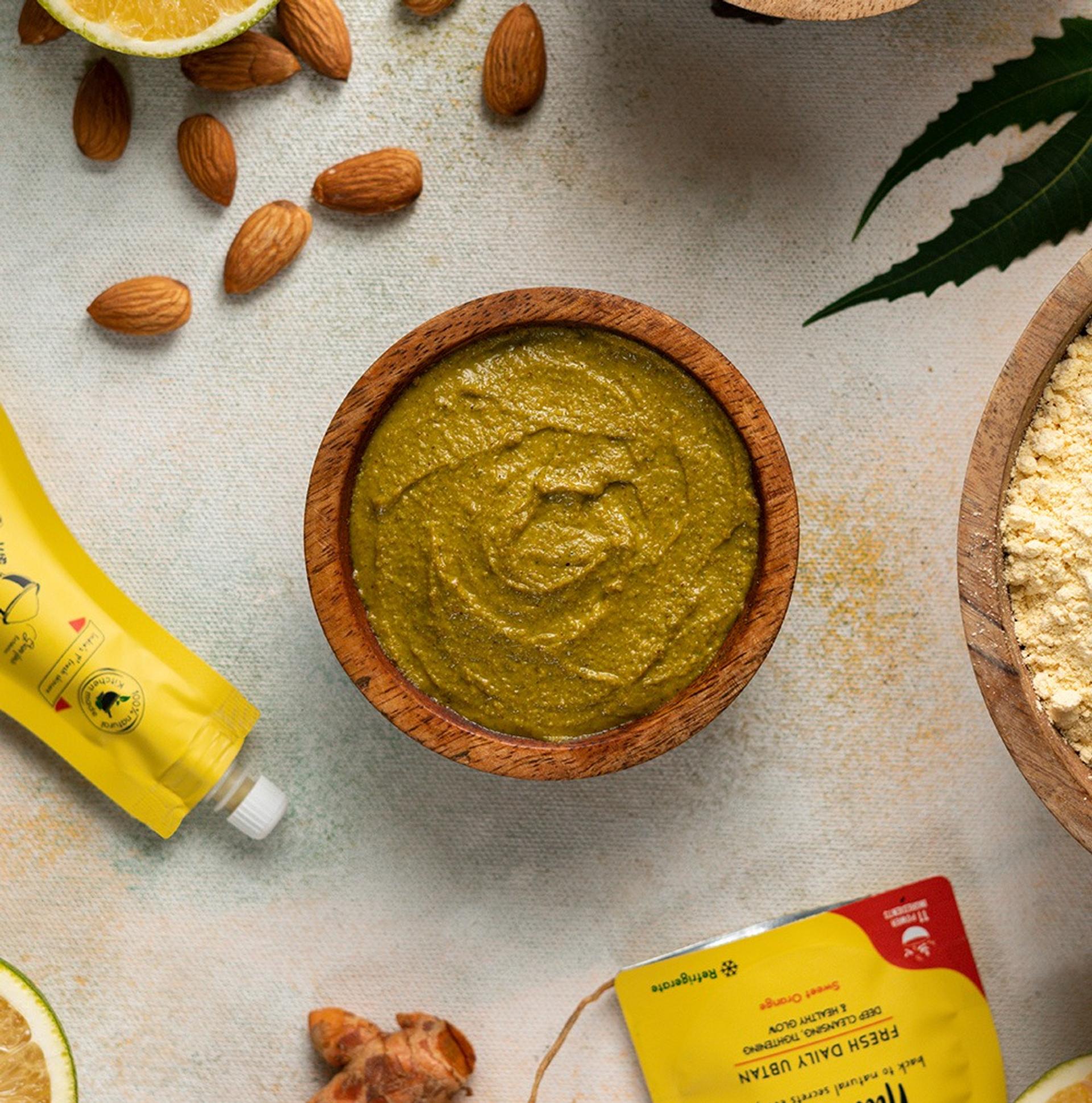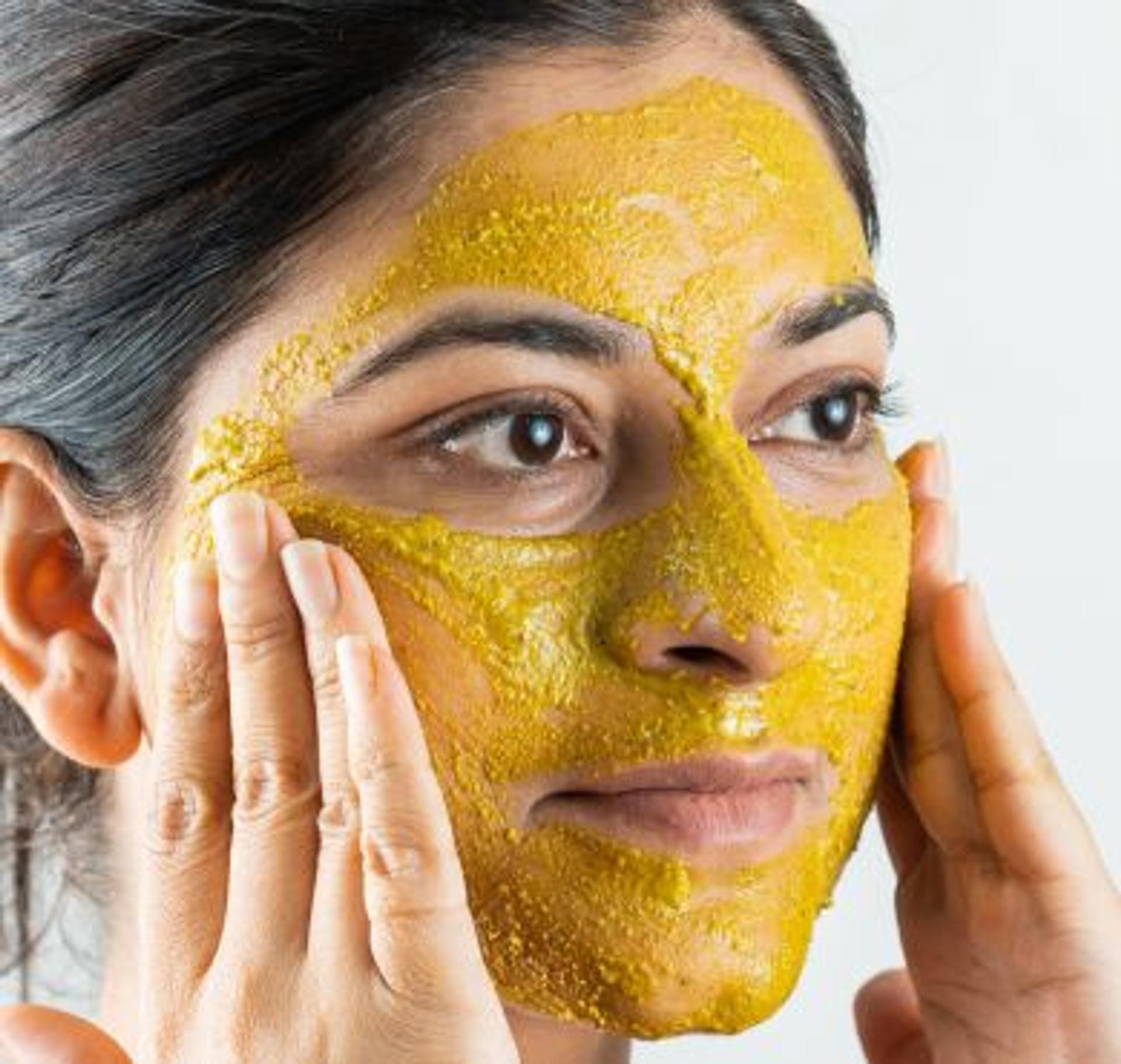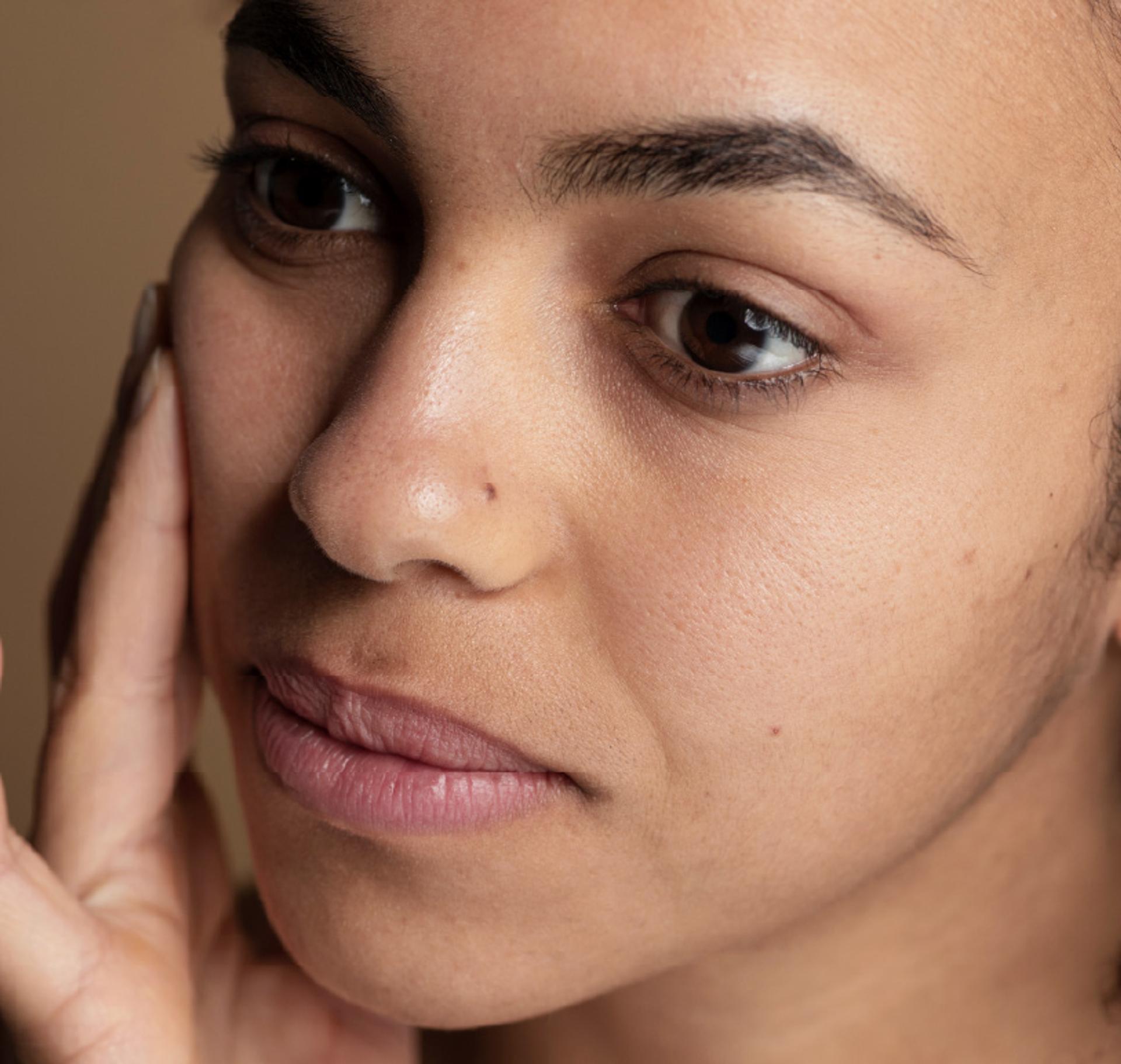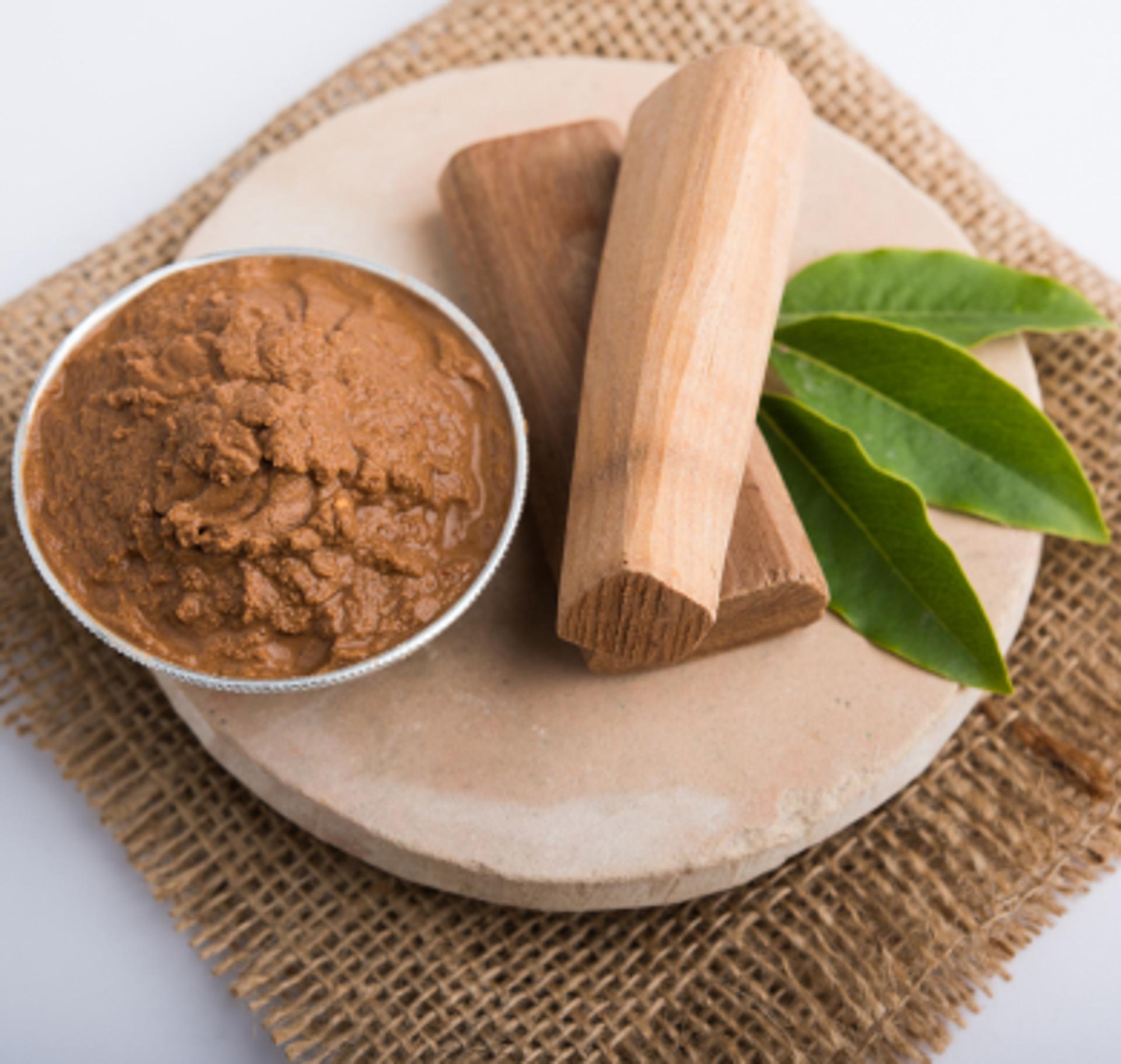
Chandan: Where Calm Begins and Beauty Glows
By Nat Habit
Chandan. Even the word feels like a sigh of relief, cool, soft, and effortlessly soothing. For centuries, this divine wood has lived quietly in our homes, temples, and skincare rituals, bringing with it a touch of stillness, a whiff of purity, and a cooling calm that goes deeper than skin.
We’ve seen it smeared on foreheads, swirled into face packs, or rubbed gently on stones. It’s always been more than just a skincare ingredient, it’s a sensory memory.
From emotional clarity to skin clarity, Chandan (sandalwood) continues to be one of Ayurveda’s most sacred gifts. Let’s uncover its forms, its deep-rooted science, and how it continues to heal skin, mind, and soul.
What Really is Chandan?
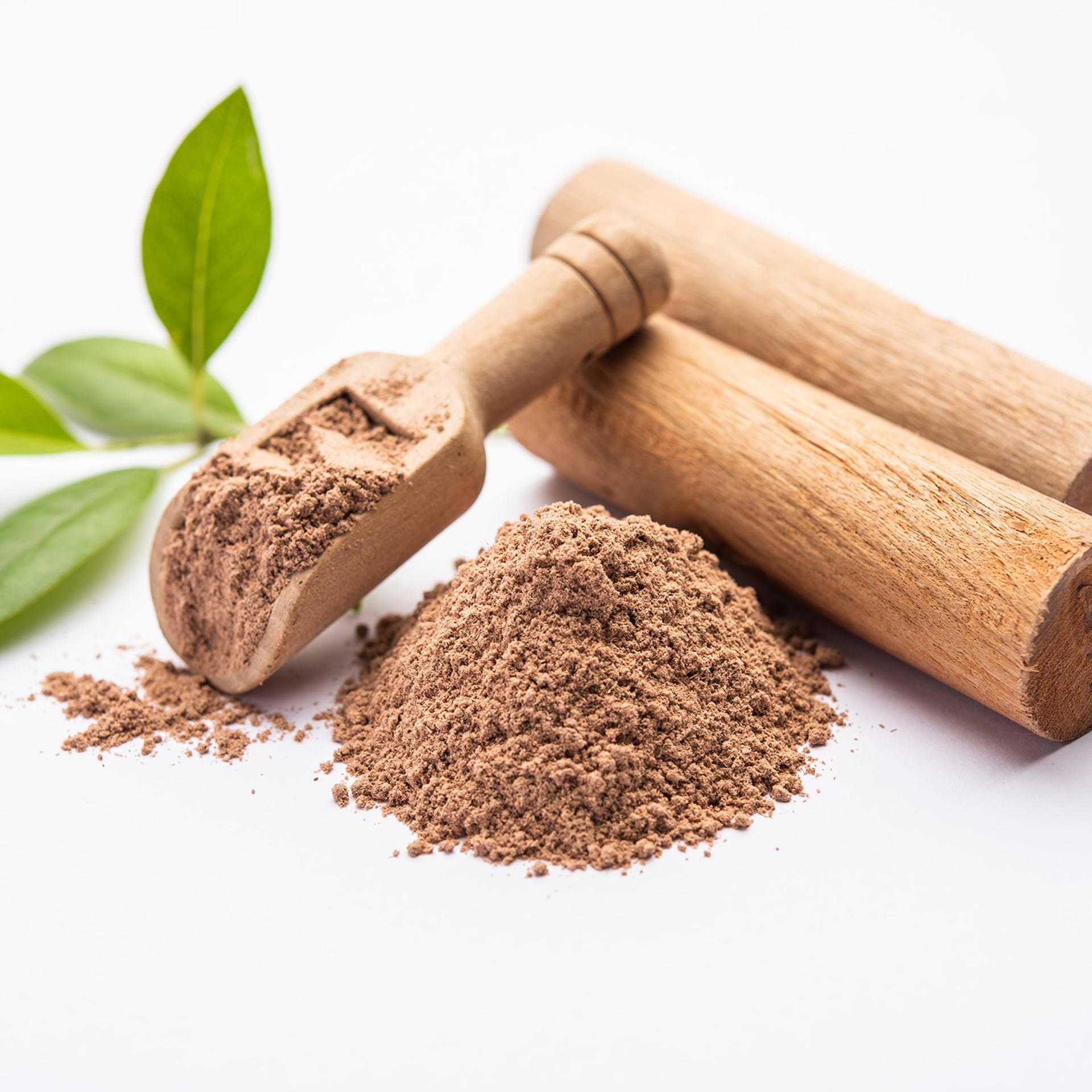
Chandan refers to the wood of the Santalum album tree—commonly known as Indian Sandalwood. Revered across cultures, it’s considered sacred in rituals, luxurious in perfumery, and medicinal in Ayurveda.
Its Sanskrit properties are telling:
- Sheeta (cooling)
- Ropan (healing)
- Tvachya (nurturing for skin)
- Manas-shamak (mind pacifying)
Traditionally, we’ve prepared Chandan paste by rubbing a sandalwood stick on a flat stone, mixing it with rosewater or milk. The act itself was meditative.
The Forms Chandan Comes In
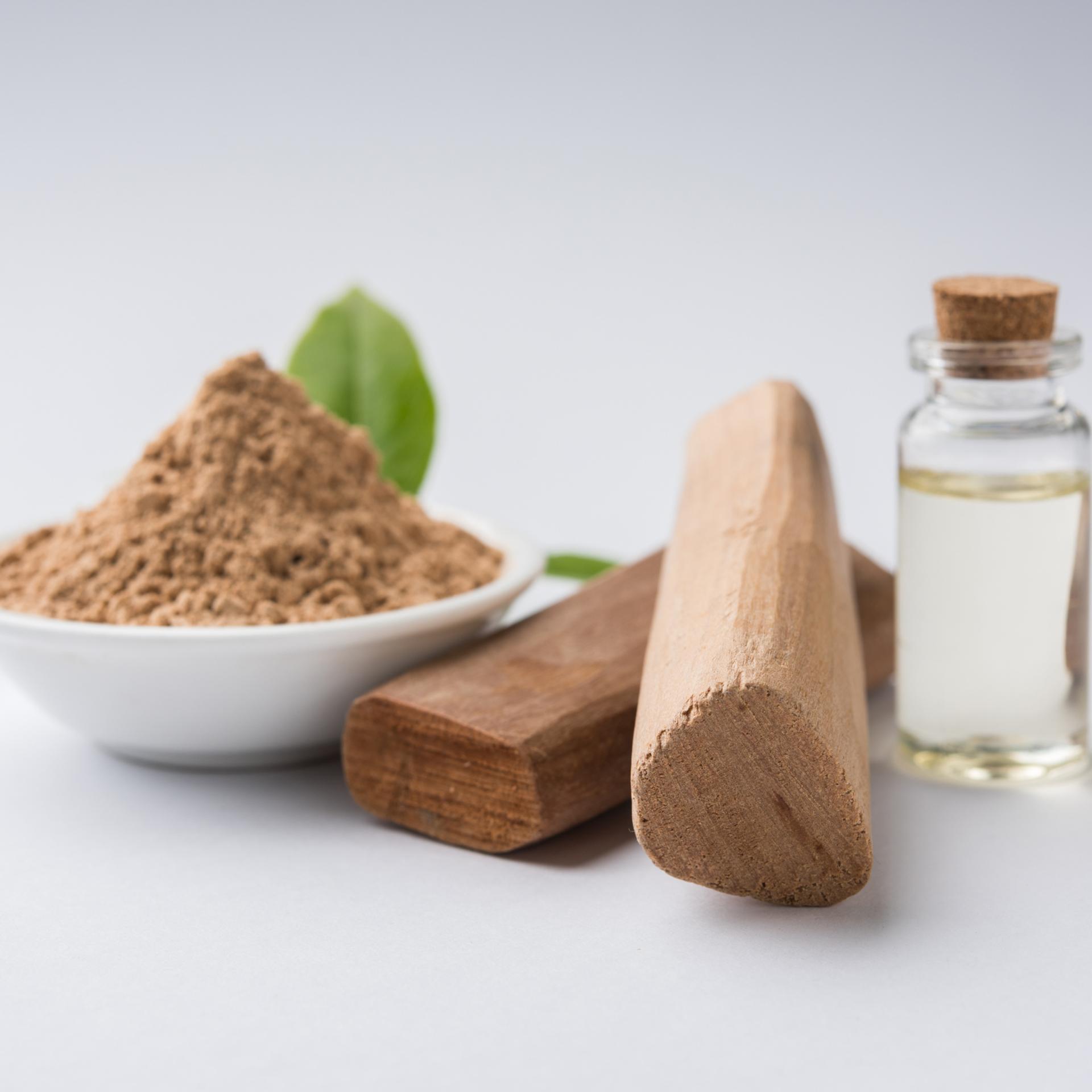
Sandalwood Stick & Paste
We’ve used the stick to make paste on sacred stones for generations. It cools the skin, soothes the forehead, and calms emotional heat—be it anger or tension. Perfect for hot days or irritable skin.
Sandalwood Powder (Chandan Churna)
Finely ground from wood, this powder can be blended into face masks, ubtans, or even dry body dusting powders. It lends not just fragrance, but also powerful antibacterial and astringent properties.
Sandalwood Oil (Essential Oil)
Extracted through steam distillation, this oil can be used in skincare, aromatherapy, and even scalp treatments. Just a few drops in a carrier oil or bath transforms the experience into a therapeutic one.
Sandalwood Hydrosol / Water
Distilled sandalwood water works beautifully as a natural toner or after-sun mist. It calms reactive skin without alcohol or harsh chemicals.
Note: True Indian Sandalwood is rare and protected. Choosing sustainably sourced, genuine Chandan helps preserve this sacred tree for generations to come.
How It Works
The Science Behind the Serenity
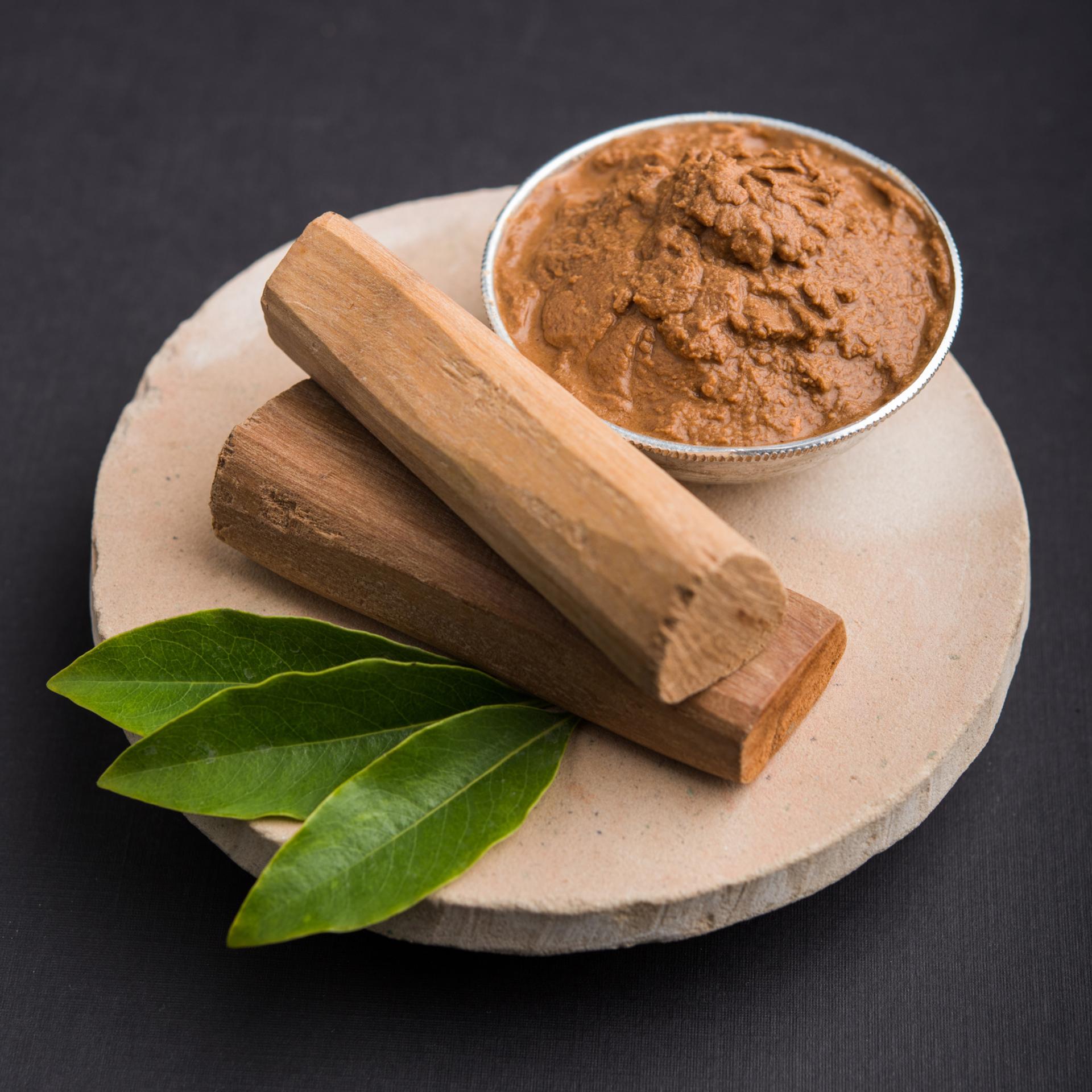
The grounding power of Chandan lies in its active compounds, primarily α-santalol and β-santalol. These bioactives have been shown to:
- Fight inflammation
- Combat acne-causing bacteria
- Reduce oxidative stress
- Calm the nervous system via olfactory stimulation
Modern studies even show how sandalwood essential oil can influence brain activity, helping reduce anxiety and enhance mental focus.
For Skin
When Skin Heats, Chandan Heals
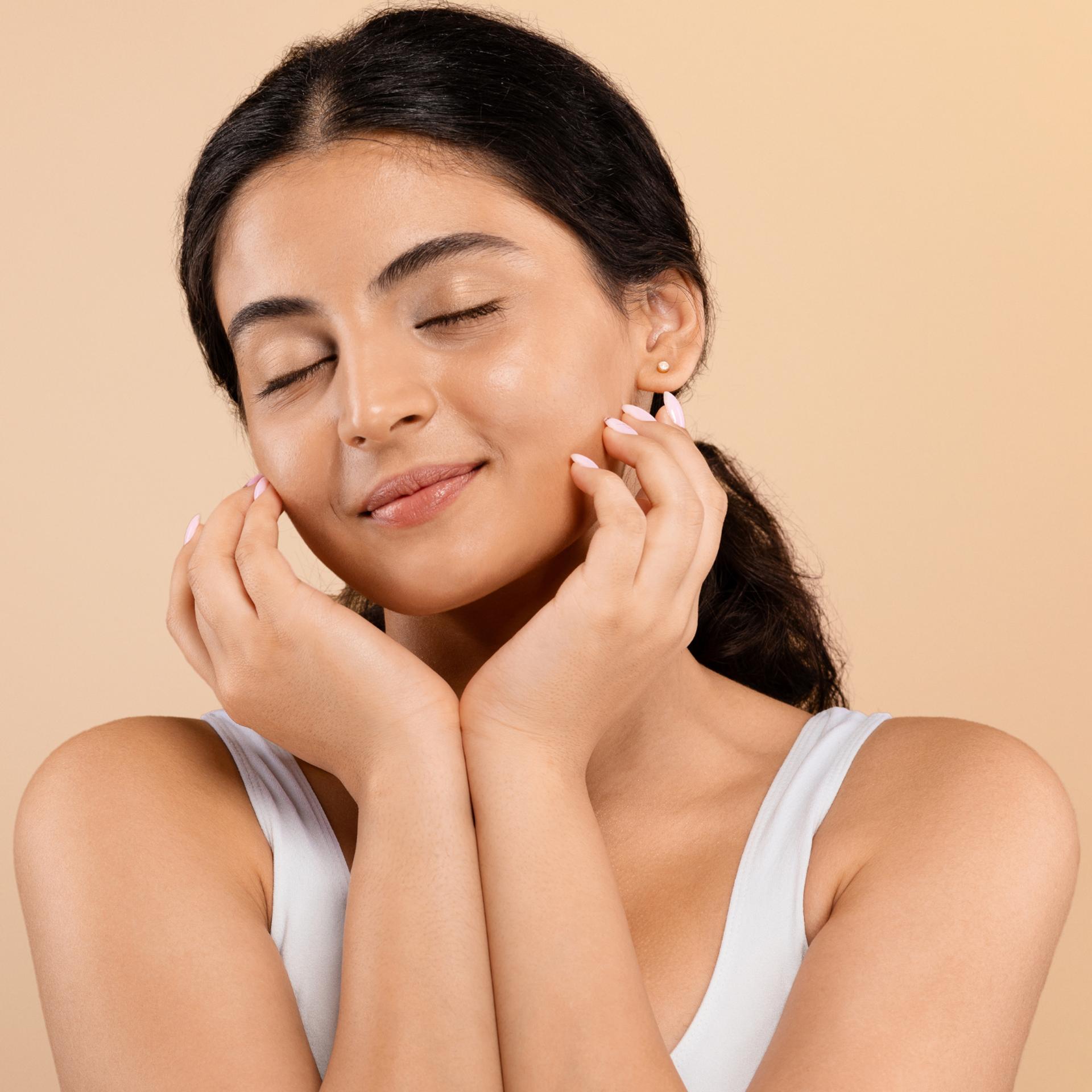
Cools and Clears
Whether it's a heat rash, sunburn, or general inflammation—Chandan cools it down gently. We’ve often used it in summer masks or to reduce prickly heat during peak humidity.
Brightens and Clarifies
Unlike harsh lightening agents, sandalwood brings glow through purification. It helps draw out toxins, unclog pores, and restore the skin’s natural evenness.
Soothes Acne and Scars
Its antibacterial action makes it ideal for acne-prone skin. Over time, consistent use can help fade marks and reduce post-inflammatory pigmentation.
A ritual we love: A paste of Chandan powder, turmeric, and rosewater—applied as a weekly detox for tired, overheated skin.
For Hair & Scalp
Calm From the Crown
Soothes Scalp Sensitivity
For itchy, irritated scalps caused by heat or product buildup, Chandan-infused oils provide relief. It cools the skin, reduces inflammation, and leaves behind a pleasant, woody scent.
Reduces Stress-Related Hair Fall
The aromatherapy benefits of sandalwood oil can’t be overstated. Inhaling its scent or massaging the oil onto the scalp before sleep can help lower stress—a silent root cause of many hair concerns.
For the Mind
Cooling Where We Feel Heat the Most

Applied on the forehead, inhaled through a diffuser, or added to bath water—Chandan touches the mind like a breeze touches fire.
Its calming effect isn't just poetic—studies have shown that sandalwood's aroma activates the brain's alpha waves, linked with relaxation and clarity.
In rituals, it’s often applied on the Ajna chakra (third eye) to calm excessive mental chatter and promote deeper focus and meditation.
All Chandan Is Not the Same
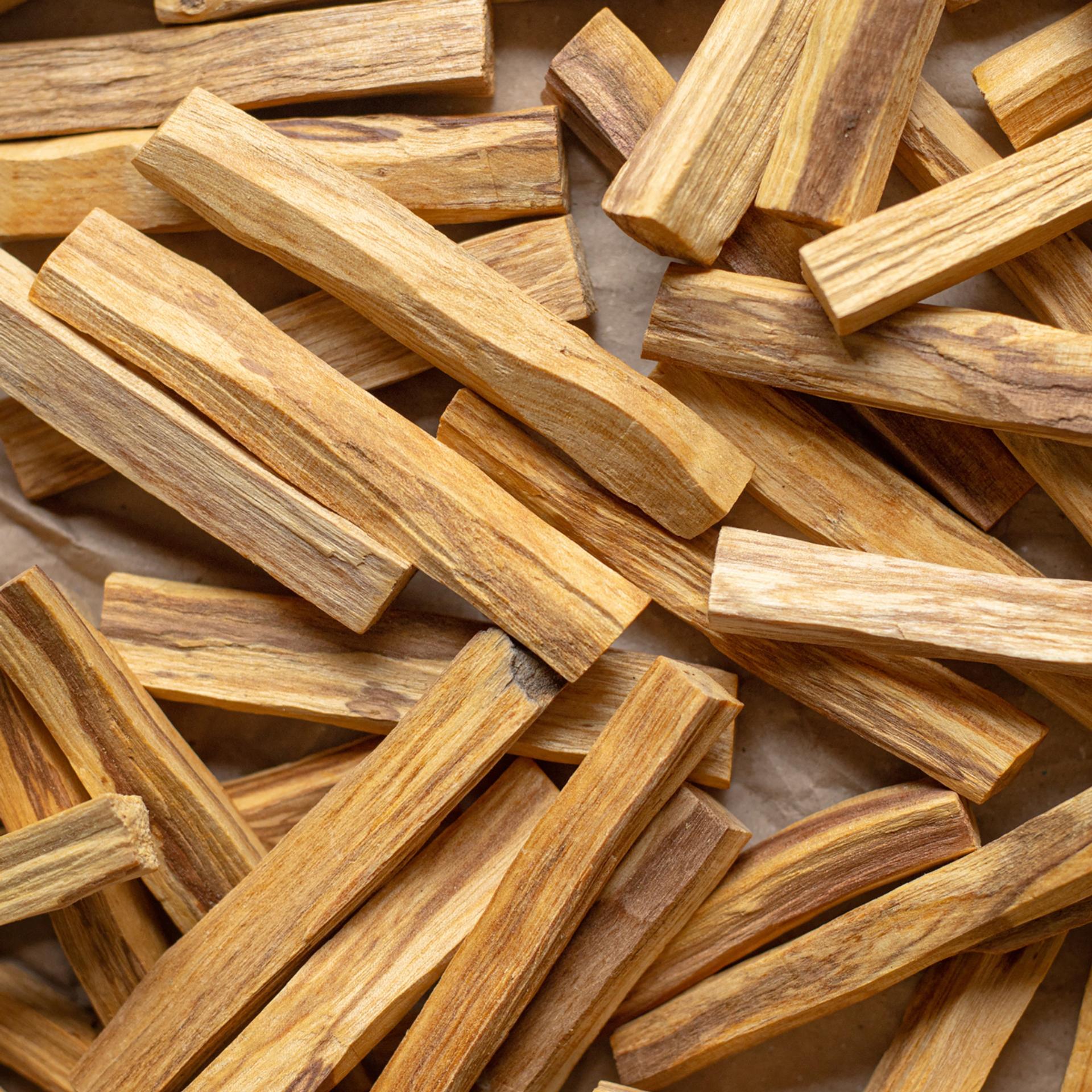
- Indian Sandalwood (Santalum album) is medicinal and spiritual—deeply fragrant, ethically sensitive, and highly therapeutic.
- Australian or West Indian sandalwoods are milder and more sustainable but less potent.
- Many powders labeled Chandan are actually dyed wood powders. Always check the source and aroma before trusting a product.
The Cool Wisdom of Chandan
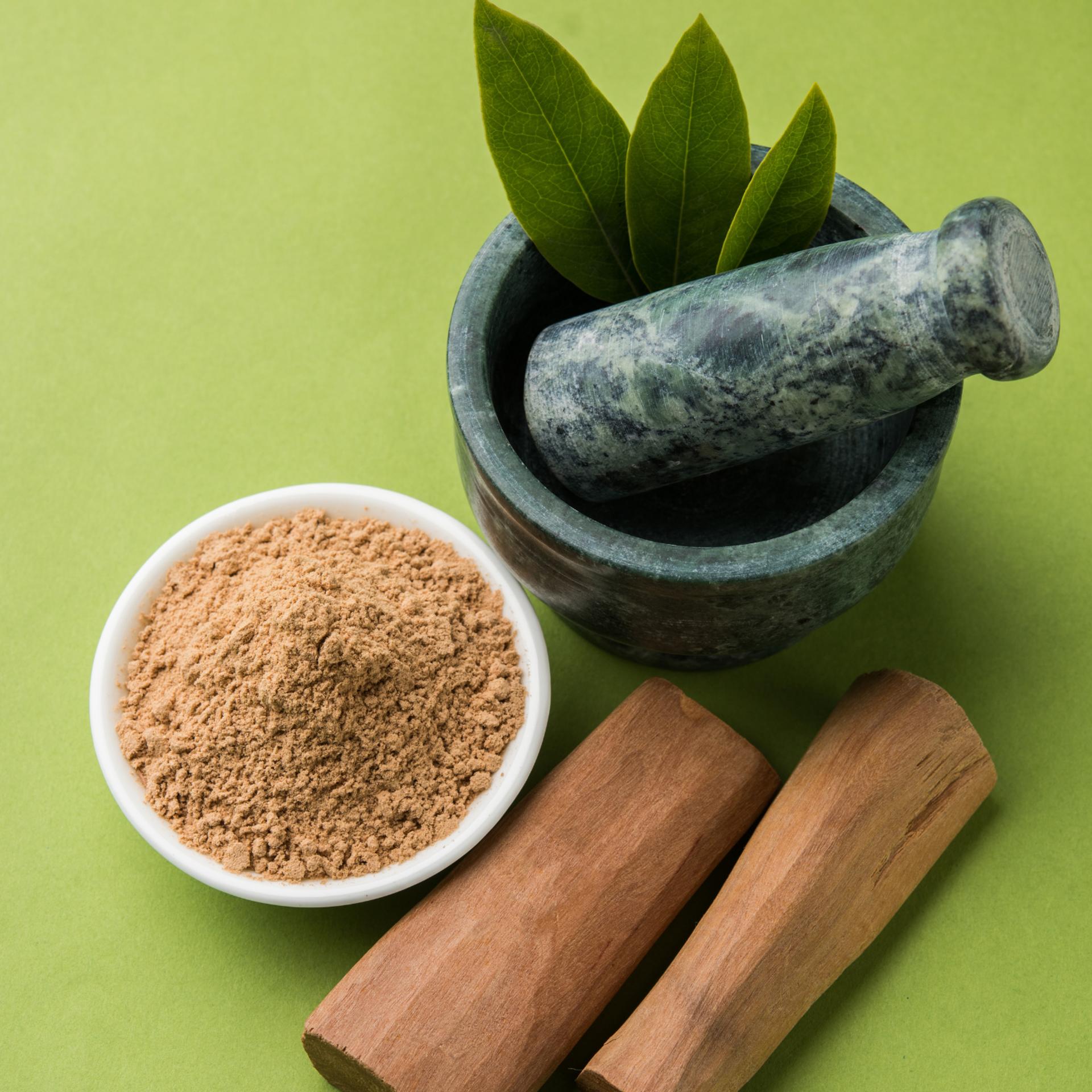
Chandan isn’t just an ingredient—it’s a state of being.
Cooling, cleansing, calming—on the skin, in the air, and within the mind.
It helps us slow down. It helps skin breathe and emotions settle. Whether we light it, apply it, sip it, or rub it gently on stone—Chandan stays rooted in tradition and remarkably relevant today.
It’s what we reach for when everything else feels too much.
Because Chandan doesn’t just work—it whispers peace.
Learn more
